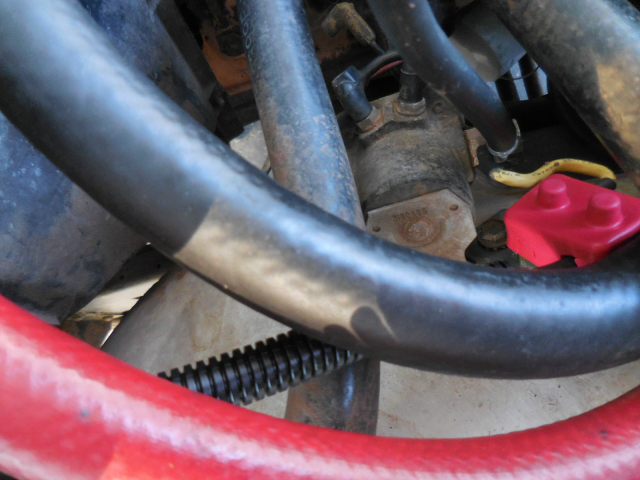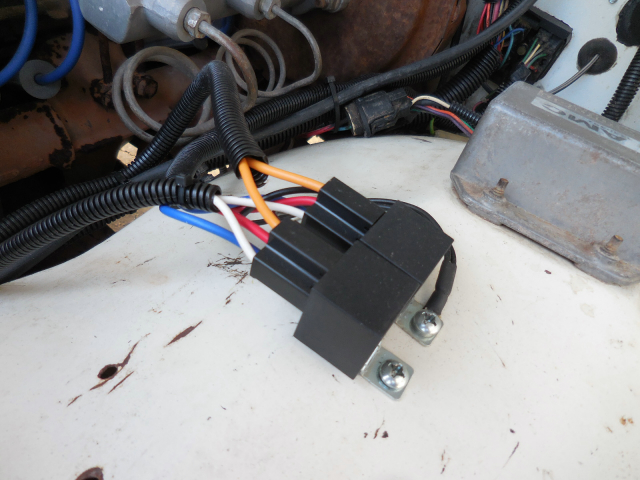I am planning on installing relays for low and high beam headlights on my 82 Waggy. I had read a few articles about this. Only one thing confuses me a bit. The placement of the relays as it relates to the battery/power source. Most articles don’t talk about this at all. But a couple were adamant that the relays need to be as close as possible to the battery with short leads. Just wondering how critical this is. I mean you have to run wires from one side to the other to access the headlight harness. But a single 12gauge is a lot easier than 2 14 gauge loops.
Interested to hear opinions and experiences
TYIA
Interested to hear opinions and experiences
TYIA











Comment